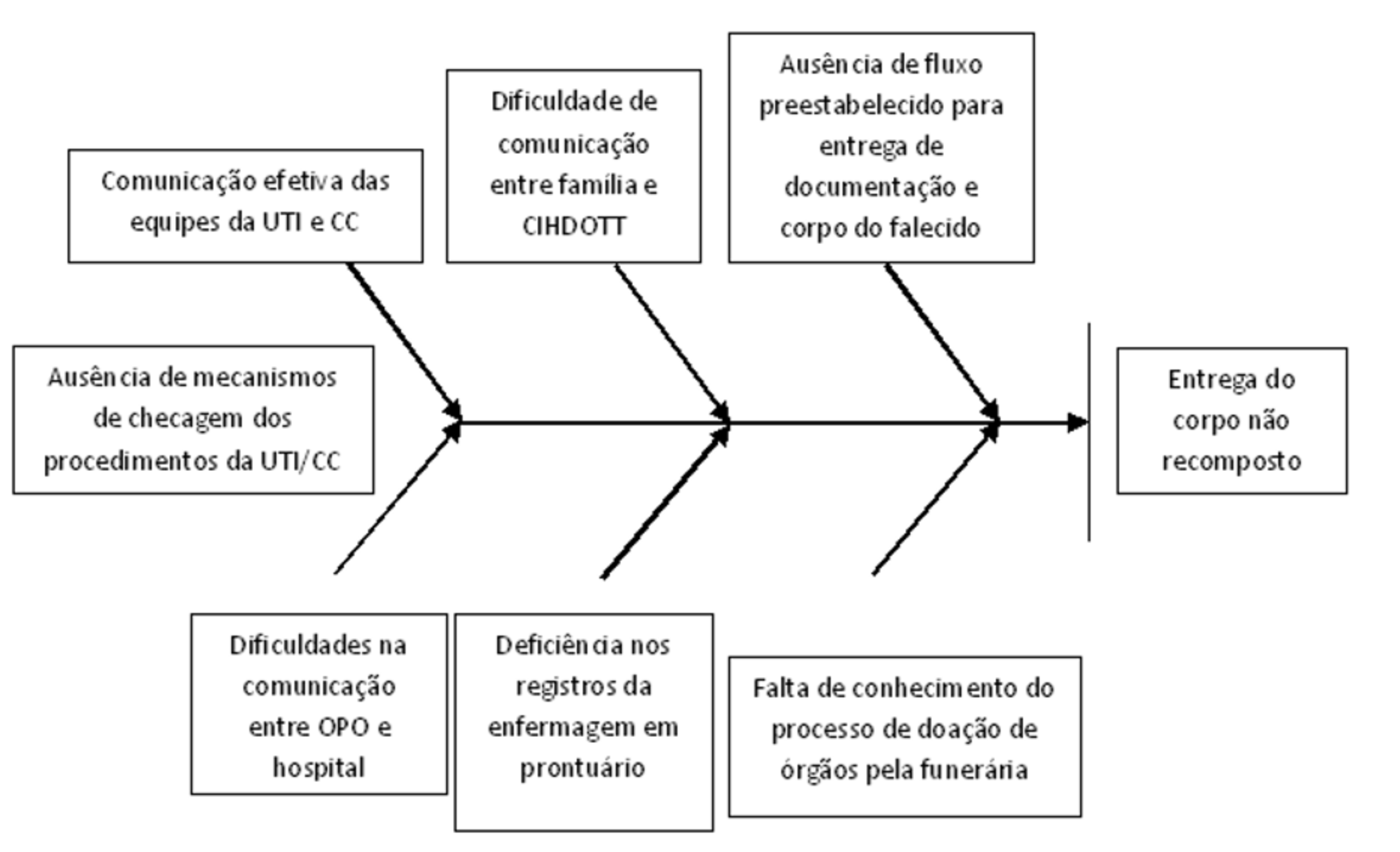Research Coordinator
PICU
Children's Hospital of Easter Ontario Research Institute
Quality improvement tools to manage organ donation processes: an instrumental case study
Amina Silva1, Batira Aguiar3, Priscilla Oliveira4, Vanessa Silva e Silva2.
1School of Nursing, Queens' University, Kingston, ON, Canada; 2School of Nursing, Brock University, St Catherines, ON, Canada; 3School of Nursing, Universidade Federal de São Paulo, Sao Paulo, Brazil; 4Hospital Moriah, Sao Paulo, Brazil
Introduction: Deceased organ donation is a highly complex and specific field that is often susceptible to adverse events. When unavoidable, failures in the donation process should be assessed to identify areas for improvements to be integrated into existing processes to reduce the probability of similar events in the future. Therefore, quality tools can help in the effective intervention of faulty processes. Using an anecdotal case based on the researchers' previous experience, to analyze a non-conformity in the organ donation process and to develop a tool to control the steps of the organ donation process and prevent future errors.
Methods: Instrumental Case Study evaluating an error that occurred during the return of the body of an organ donor to their family in a Brazilian hospital. We identified the mishaps of the donation process through the Ishikawa diagram detailing the process's failure to establish improvement for future donation processes.
Results: During the review of the donation process, we identified that verbal and written communication were the main causes of the error described. As a result of the case analysis, we developed a checklist to be included in the donor’s chart in future donation cases. This instrument was based on the experience of researchers and the clinicians involved, as well as current legislation on organ donation and determination of brain death, and on evidence-based maintenance protocols for potential donors. The checklist was submitted to the evaluation of a group of registered nurses who were specialists in the organ and tissue donation process for internal validation.

Conclusion: This study enabled the creation of a quality improvement tool to control failures in the organ and tissue donation process. The public availability of such a tool will enable future implementation studies and evaluation of the checklist's efficiency to prevent failures in the organ donation process.
Lectures by Amina R Silva
| When | Session | Talk Title | Room |
|---|---|---|---|
|
Thu-19 13:00 - 14:00 |
DCD | Quality improvement tools to manage deceased organ donation processes: a scoping review | South Seas Ballroom A/B |
|
Thu-19 13:00 - 14:00 |
Donor Detection | Quality improvement tools to manage organ donation processes: an instrumental case study | South Seas Ballroom A/B |
